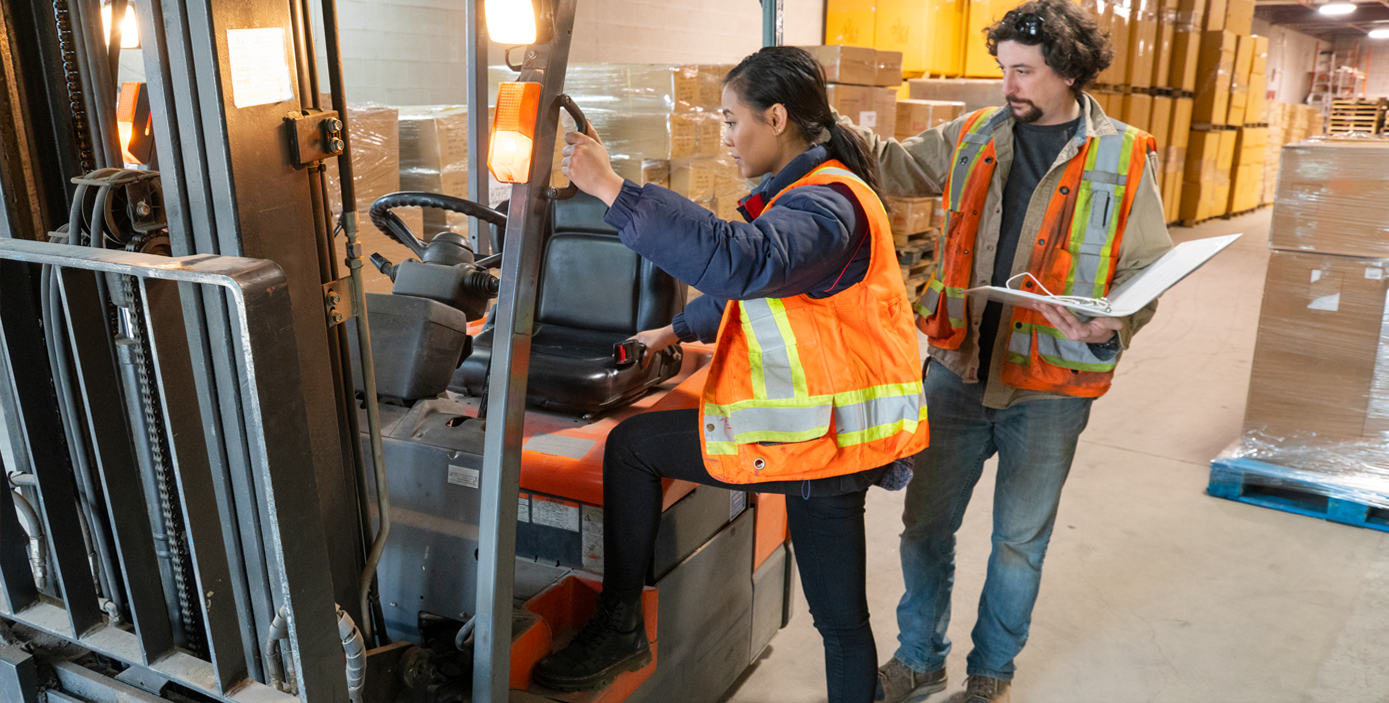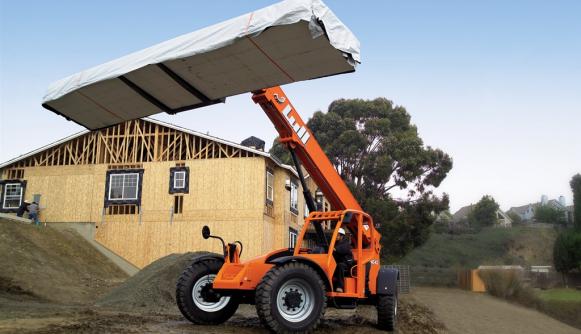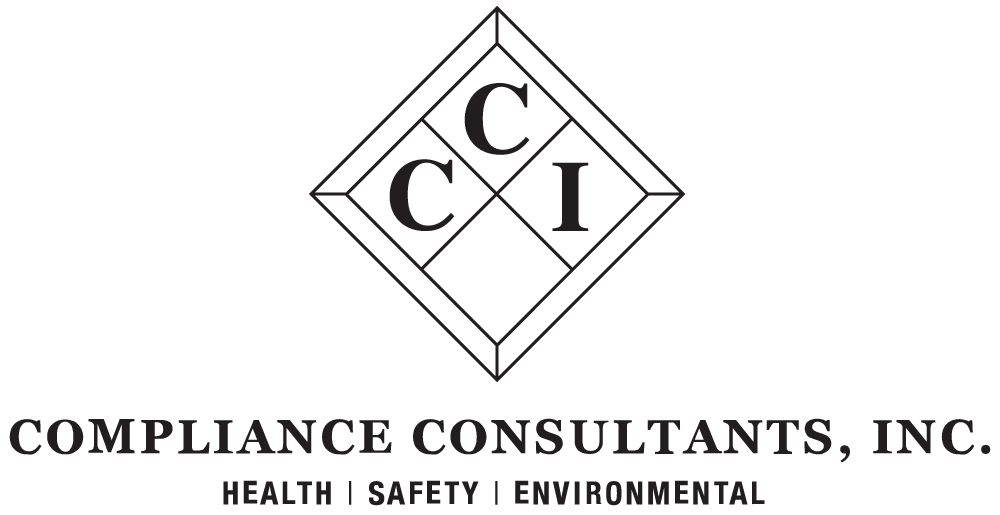
Forklift Safety
Forklift Traffic Has Increased. So Have Forklift Accidents. What You Need to Know About Forklift Safety.
Powered Industrial Trucks . . . also known as forklifts or lift trucks are being used in workplaces more and more every day. Powered Industrial Trucks (PIT) are used in many industries, primarily to move materials or goods around a workplace. Forklifts are used to raise, lower, or remove large objects or several smaller objects on pallets or in boxes, crates, or other containers. There are a variety of PIT, including ride-on, powered hand trucks, electric or combustion engine, and rough terrain lifts/lulls.
Know the Most Common Forklift Hazards
The hazards presented by forklifts and lift trucks hit all of OSHA’s Fatal Four – Falls, Electrical, and especially Caught In/Between and Struck By. It’s important to know the many potential forklift safety hazards and have operators specifically trained for the type of machine and the condition in which the operator will be working.
1) Improper Operation and Use
Forklifts should only be operated for the purpose for which they were designed, which is to complete the safe lifting and maneuvering of palletized and heavy materials. Using a forklift for unintended purposes greatly increases the chances of incidents occurring.
Operating a forklift improperly by speeding, racing or sharp cornering presents a serious hazard to operators, other workers, loads, building structures, and the forklift itself.
Proper operator training is very important since it ensures that the operator possesses the required driving skills and is aware of their obligations when operating a forklift.
Forklift operators must be initially trained prior to use and
receive Refresher Training at least every 3 years.
2) Load Hazards
Every forklift is rated by the manufacturer to safely lift a maximum load.
Overloading the forklift above its load limit is a serious hazard. Overweight loads decrease stability and increase the likelihood that the load will fall and the forklift may tip over endangering the operator.
All load weights should be known before lifting and loads shouldn’t be lifted until it is confirmed that the load is within the unit’s load limit. All loads should be secured before they’re lifted to ensure they can’t move unexpectedly.
3) Insufficient or Incorrect Maintenance
Not properly maintaining a forklift can increase the risk of an accident occurring.
Broken lights, alarms that don’t work, worn forks, damaged chains and fluid leaks are examples of problems that can occur if a forklift isn’t properly maintained.
It is imperative from a safety aspect that any forklift with problems such as those mentioned above are tagged out and not used until repairs have been made. Setting up regularly scheduled maintenance is the best way to ensure forklifts are in optimum working order.
OSHA requires operators to conduct daily inspections of forklifts
4) Pedestrians
Members of the public or other workers in the same area as forklifts can be seriously injured. In areas where forklift operators and others are in close proximity, it is imperative to have clearly defined traffic management controls in place.
Installing forklift safety measures such as guard rails and line markings to separate machines and people, as well as installing spotlights and horns on forklifts to alert pedestrians, are essential to mitigating hazards. In high-traffic areas, consider requiring the use of high-visibility vests or clothing to further protect workers. In areas where the public is present, such as retail stores, block off areas where lifts are being used, or provide a spotter to walk with the forklift operator.
5) Floor Conditions
Floor conditions of the forklift working area can present a number of hazards including debris, puddles, unstable ground and floor obstructions. Any wet and slippery hazards should be cleaned up, debris and obstructions removed, and cracks and potholes repaired to ensure a safe work environment for forklifts operation. Operators should inspect the path of travel regularly for such hazards.
6) Overhead Obstructions
Overhead obstructions such as mezzanines, low-hanging doorways, and overhead electrical lines present potential hazards. If a load is being transported with the forks raised too high a collision with the overhead obstruction may occur, leading to both facility and machine damage, and potentially injury to the operator or workers nearby.
Whenever possible, reduce the potential for overhead collisions by ensuring all loads are transported with the forks lowered slightly above the ground.
Operators must be aware of the overall clearance heights throughout the workplace. Proper workplace signage or flagging helps operators maneuver safely.
7) Unit Refueling/Recharging
Refueling/recharging a forklift poses potential safety hazards due to the combustibility risk of LPG and diesel fuels. Recharging batteries can also present a combustibility risk due to the gases generated. There is also an electrocution risk from wet or exposed wires.
Designated refueling areas should be built solely for the purposes of refueling/recharging in a safe controlled environment. Refueling areas should be built with high levels of ventilation to allow toxic fumes to dissipate efficiently reducing the potential for fire to occur.
Finally, any potential source of ignition such as cigarettes, fuel, or tools that can ignite should be kept away from refueling areas.
8) Machine Attachments
Forklift attachments are another source of hazards as their installation directly affects the unit’s lift operating clearances and safe lifting capacity. Operators should be trained in the correct use of all attachments they must operate including relevant forklift safety protocols and revised safe capacity and load limits. Operators should visually and mechanically inspect all attachments to ensure they function correctly and are safe to use.
Any attachment that is malfunctioning should be immediately removed from service and repaired or replaced before being used again. Worn out forks, stretched chains, or other damaged parts can put the operator at increased risk.
It is also imperative that all attachments are compatible with the forklift and can be safely installed on the unit. An improperly installed attachment can cause severe injury and damage were a malfunction to occur. Always refer to the manufacturer’s instructions for proper selection, installation and usage of attachments.
9) Blind Spots
Similar to a car, a forklift has blind spots. When fully loaded, an operator’s view can be obstructed causing a blind spot which could lead to serious injury.
Further, poor visibility from poor lighting or weather conditions can make it harder for forklift operators to see. Forklift driving routes should be planned to best avoid blind spots, obstacles, and other hazards. Using a spotter can help an operator maneuver around blind spots and help prevent accidents and injuries.
Know the OSHA Regulations for Forklift Safety
The regulation that covers Powered Industrial Trucks can be found at 29 CFR 1910.178. Although the regulation covers many things, this article will touch mainly on safe use and training.
Safe Use
- Inspections: OSHA requires that all forklifts be examined at least daily before being placed in service. A pre-shift inspection checklist is a great tool that can be implemented to assist operators in conducting their inspections. OSHA has a sample checklist on their website or you can refer to the manufacturer’s instructions for what to inspect. What is required to be inspected will vary depending on the type of lift in use, but generally will require a visual inspection and an operational inspection with the engine running.
- Operator Age Restrictions: No one under the age of 18 is permitted to operate a forklift.
- Maintenance and Removal from Service: Forklifts must be provided with regular, scheduled maintenance. Forklifts found to have any defects must be immediately removed from service until repairs can be made by an authorized person.
- Do not allow anyone to walk under raised forks, whether loaded or empty.
- Keep a clear view of the path of travel.
- Operators must always look in the direction of travel.
- Reduce speed when turning.
- When a lift is left unattended, ensure forks are completely lowered, controls neutralized, power off, and brakes set. Block wheels if parked on an incline.
- Never pass another lift truck traveling in the same direction.
- Slow down and sound the horn at cross aisles and other locations where vision is obstructed. If the load being carried obstructs forward view, the driver shall be required to travel with the load trailing.
- Ensure loads are tilted back slightly to prevent load displacement.
Training
- The employer must train and certify all forklift operators.
- Training must consist of formal instruction and practical training. Trainees must pass a performance evaluation.
- Training must cover general forklift safety requirements applicable to all lift truck operations, and topics specific to the equipment to be used and the environment in which it is used.
- Refresher training and operator evaluations must be completed when:
- The operator has been observed to operate the vehicle in an unsafe manner;
- The operator has been involved in an accident or near-miss incident;
- The operator has received an evaluation that reveals that the operator is not operating the truck safely;
- The operator is assigned to drive a different type of truck; or
- A condition in the workplace changes in a manner that could affect safe operation of the truck.
- Operator evaluations must be conducted every three years.
- The employer must certify that each operator has been trained and evaluated. The certification must include:
- the name of the operator,
- the date of the training,
- the date of the evaluation, and
- the identity of the person(s) performing the training or evaluation.

Forklift Safety Requirements Specific to Construction
- Lift trucks must not be used to lift workers unless the manufacturer has specifically designed the truck for such use.
- If a lift truck can be used to lift personnel, the platform or basket must meet OSHA’s requirements for scaffolds found at 29 CFR 1926.451.
- Lulls that are equipped with a hook or winch attachment that are capable of moving suspended loads greater than 2,000lb and in a horizontal direction meet OSHA’s definition for a crane and thus the operator must be a certified crane operator.
Learn How to Keep Your Workplace Safe When Operating Forklifts
Compliance Consultants, Inc. has the trained professionals and expertise to help you create a forklift safety plan for your organization. Get started today!
Resources:
https://www.osha.gov/sites/default/files/publications/OSHA3949.pdf



